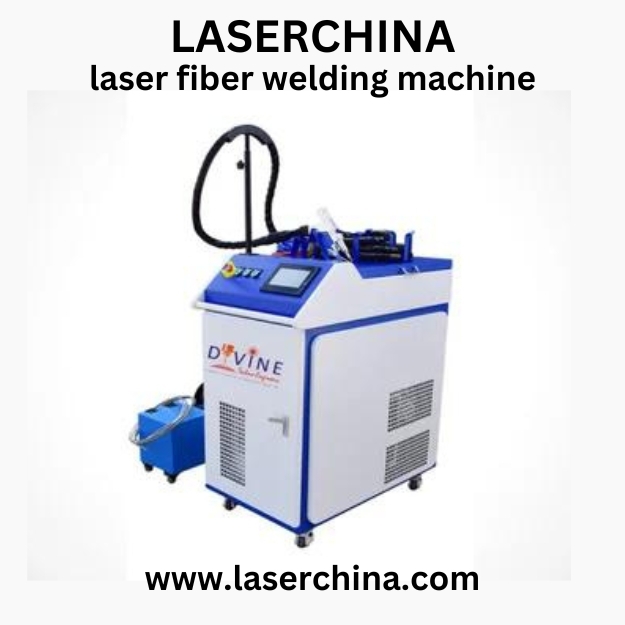Laser fiber welding machine has revolutionized the welding industry, offering unmatched precision, speed, and efficiency in joining materials. Whether you're a seasoned professional or a novice welder, mastering the intricacies of laser fiber welding can significantly enhance your craftsmanship and productivity. In this guide, we'll delve into the principles, techniques, and applications of laser fiber welding machine , empowering you to unlock its full potential.
Understanding Laser Fiber Welding: Laser fiber welding machine utilizes a focused laser beam delivered through a flexible optical fiber to melt and fuse materials together. This process offers several advantages over traditional welding methods, including minimal heat input, narrow weld seams, and reduced distortion. By harnessing the power of high-energy lasers, this technique enables precise control over welding parameters, resulting in superior weld quality and consistency.
Key Components of a Laser Fiber Welding Machine:
- Laser Source: The heart of the welding system, the laser source generates the high-energy beam required for welding. Common types include fiber lasers and diode lasers, known for their reliability and efficiency.
- Optical Fiber Delivery System: Transmits the laser beam from the source to the welding head with minimal energy loss. Flexible and durable optical fibers ensure precise delivery to the workpiece.
- Welding Head: Houses the focusing optics, nozzle, and shielding gas delivery system. The focusing optics concentrate the laser beam to a small spot size, facilitating precise control over weld penetration and heat distribution.
- Control System: Controls laser parameters such as power, pulse duration, and frequency. Advanced control systems offer real-time monitoring and adjustment for optimal welding performance.
- Workpiece Handling System: Positioning and manipulating the workpiece accurately during welding are crucial for achieving consistent weld quality. Automated systems enhance productivity and repeatability.
Techniques for Successful Laser Fiber Welding:
- Material Preparation: Proper cleaning and fit-up of the workpieces are essential to ensure high-quality welds. Remove any surface contaminants and ensure tight joint alignment.
- Parameter Optimization: Fine-tuning laser parameters such as power, pulse duration, and welding speed are critical for achieving the desired weld characteristics. Conducting test welds and evaluating results help optimize parameters for specific materials and thicknesses.
- Gas Shielding: Employing an appropriate shielding gas, such as argon or helium, protects the weld zone from atmospheric contamination and enhances weld quality. Optimal gas flow rates and nozzle configurations are determined based on material and welding conditions.
- Beam Delivery Optimization: Maintaining proper focus and beam alignment ensures efficient energy delivery to the workpiece, minimizing spatter and defects.
- Post-Weld Inspection: Inspect the welds for defects such as porosity, cracks, and incomplete fusion. Non-destructive testing methods like ultrasonic testing or X-ray inspection may be employed for critical applications.
Applications of Laser Fiber Welding: Laser fiber welding finds widespread use across various industries, including automotive, aerospace, electronics, and medical device manufacturing. Common applications include precision component assembly, seam welding of thin materials, hermetic sealing of enclosures, and micro-welding of miniature components.
Conclusion: Mastering laser fiber welding machine opens doors to unparalleled precision, efficiency, and versatility in joining materials. By understanding the principles, components, techniques, and applications of laser fiber welding machine , you can elevate your welding capabilities and meet the demands of modern manufacturing with confidence and precision.




